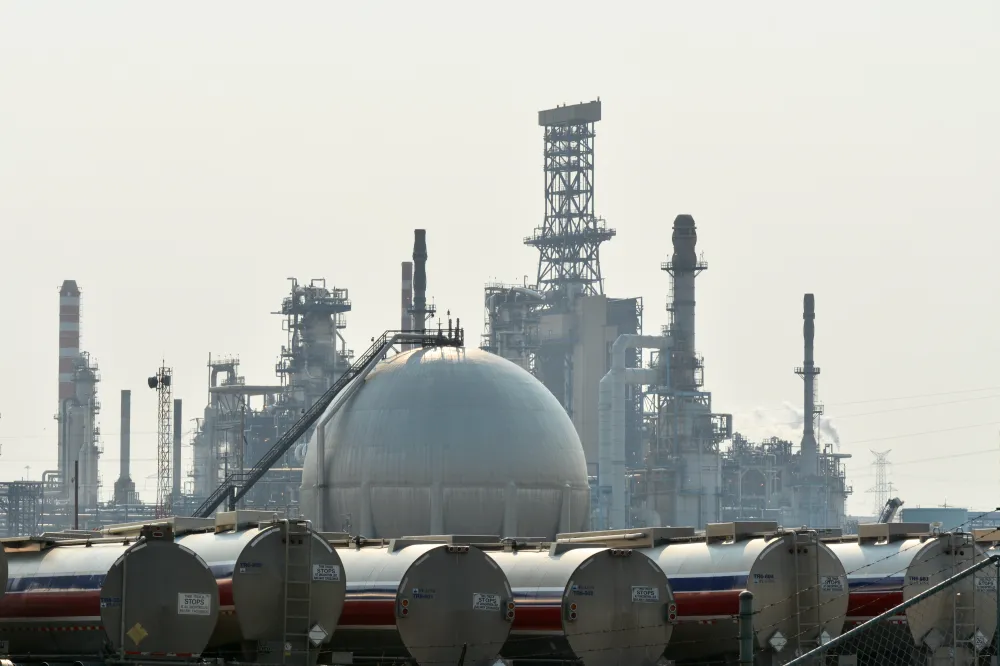Canada has been sitting on draft amendments to federal oil and gas methane regulations for nearly two years now. These amendments are designed to achieve a 75% reduction in the sector’s upstream methane emissions by 2030 (from 2012 levels). They include common-sense measures like requiring operators to find and fix leaks and preventing them from needlessly venting methane into the atmosphere. In Budget 2025, the federal government committed to finalizing those amendments as part of its Climate Competitiveness Strategy.
Rightly so. Strengthening oil and gas methane regulations is a climate-competitive home run. It means good jobs, investment in exportable technologies, enhanced energy security, and market access to jurisdictions that are looking for provably low-methane energy imports. Perhaps it’s not surprising, then, that a clear majority of Canadians support stronger methane regulations.
Natural gas is largely composed of methane, which when allowed to leak and be wasted is not only a wasted resource but a powerful greenhouse gas.
A new Pembina Institute report, Meeting the Moment, compares the proposed amendments to regulations in other leading jurisdictions. We find that the amendments are appropriately strong. They would bring Canada mostly in line with other leading jurisdictions. Yet they do not take Canada significantly ahead of other leaders, and important gaps remain. These gaps will need to be closed if Canada is to make good on its recent support for near zero methane emissions intensity in the fossil fuel sector.
But first thing’s first: these regulations need to be finalized before they can be improved upon. This is especially important in the context of recent announcements that included LNG Canada Phase 2 and Ksi Lisims on the government’s list of projects in the national interest. Projects in the national interest are supposed to contribute to clean growth and Canada’s climate objectives. LNG projects were included because Canada’s LNG is expected to have a comparatively low carbon intensity compared to the global average.
Let’s be clear. Some upstream operations are less emissions-intensive than others. An LNG supply chain can be much more or much less emissions intensive, in part depending on whether the liquefaction terminal is electrified. But diverting electricity to LNG terminals from other, cleaner industrial uses is a significant opportunity cost. While the production of Canada’s gas may be comparatively “low carbon,” the gas itself isn’t. So calling Canada’s gas “low carbon” is misleading. At the end of the day, gas is gas is gas.
If producing Canadian LNG is less emissions intensive than the global average, it’s because B.C. has strongly regulated methane emissions in the upstream. The province has demonstrated that strong methane regulations can drive down methane emissions, even while production grows. This goes to show that, far from hurting the oil and gas sector, clear and consistent leadership in regulating upstream oil and gas methane emissions is essential for its climate competitiveness.
While we were encouraged to see the federal government commit to finalizing the amendments to the oil and gas methane regulations, the timeline is not yet known. After a years-long engagement that has been highly responsive to stakeholder concerns, it’s past time. Canadian communities, workers, and companies all deserve to see the benefits of continued action to drive down methane emissions. We urge the federal government to release the finalized amendments without further delay.










